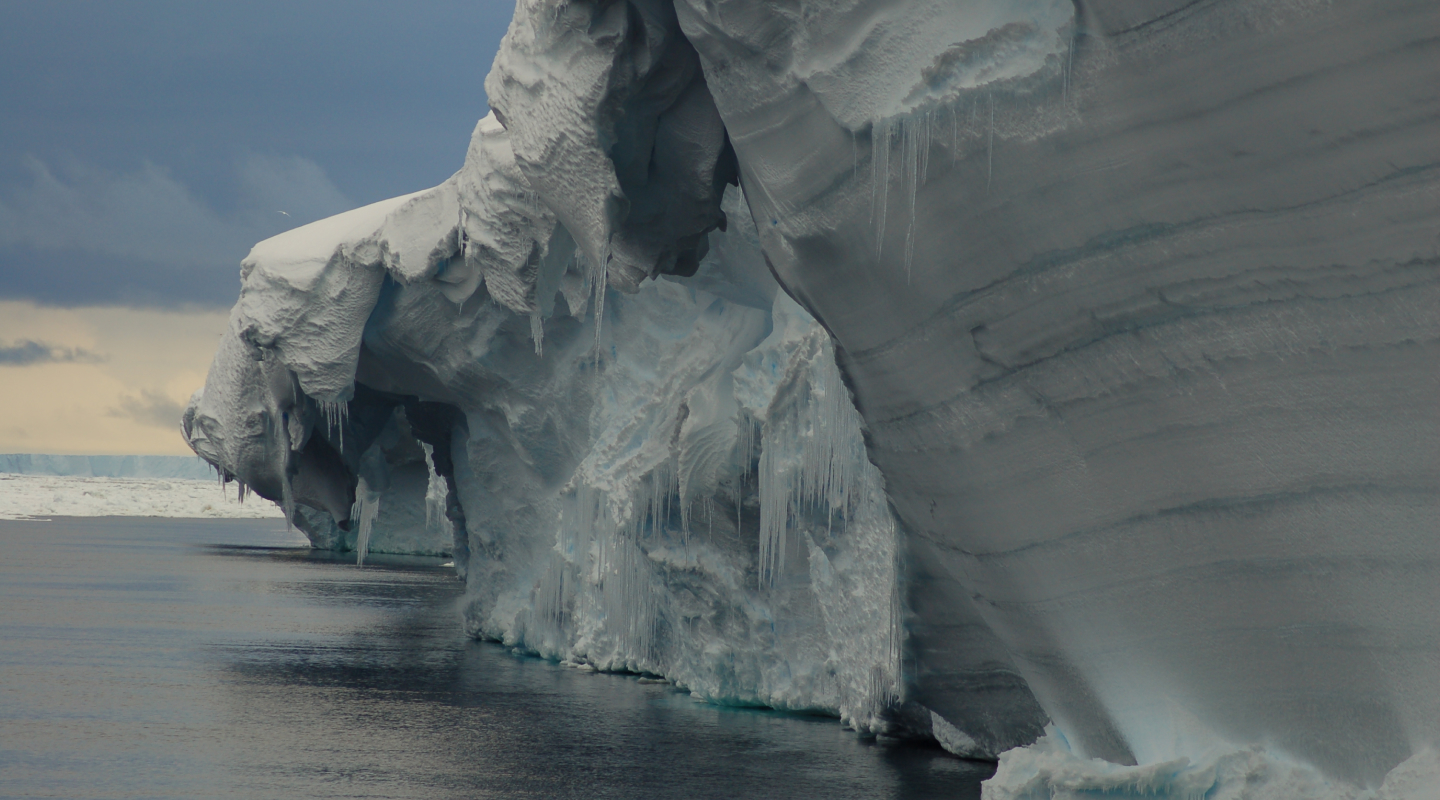The Science
This page outlines the science, projects and methods used by SAEF to understand the impacts of climate change on the frozen continent.
Overview
Antarctica and the Southern Ocean are Australia’s distant neighbours, influencing our climate and weather. Changing climates and increasing human activity are creating unprecedented challenges. In response SAEF aims to produce leading science which contributes to international policy to safeguard the region’s future. We are part of the Australian Antarctic Program and are supported by the Australian Research Council.
Our science is being delivered under three interconnected themes:
- Climate Processes and Change
- Biodiversity Status and Trends
- Supporting Environmental Stewardship
These themes enable discipline-specific excellence and innovation, while promoting collaboration and the flow of ideas among our researchers, international colleagues and others seeking the protection of the Antarctic region.
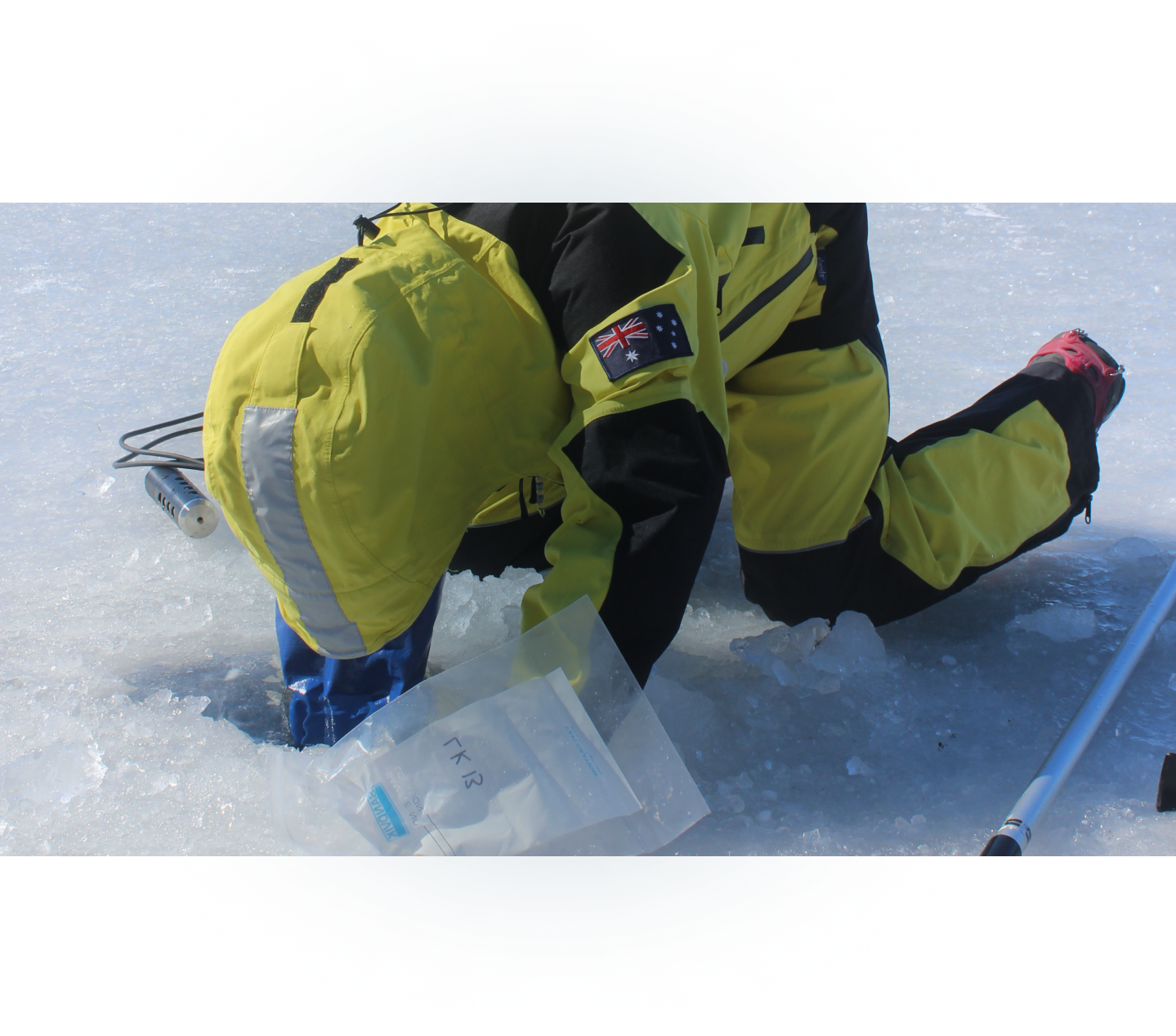
Theme 1:
Climate Process and Change
The science is clear. Due to the current trajectory of human-derived emissions of CO₂ and other greenhouse gases, the atmosphere and the ocean will continue to warm, Antarctica will continue to lose ice and global sea level will rise. However there is still a lot to learn about climate change, and exactly how it will impact our planet.
We are working to better understand and forecast the changes taking place in Antarctica’s weather, climate and ice sheets. We do this by integrating knowledge from ice sheet reconstructions, satellite observations, meteorological field measurements, and high-resolution climate proxies. Alongside this, we are undertaking climate modelling and developing methods to better forecast future changes. The more we learn, the greater chance we have of saving Antarctica, and the planet.
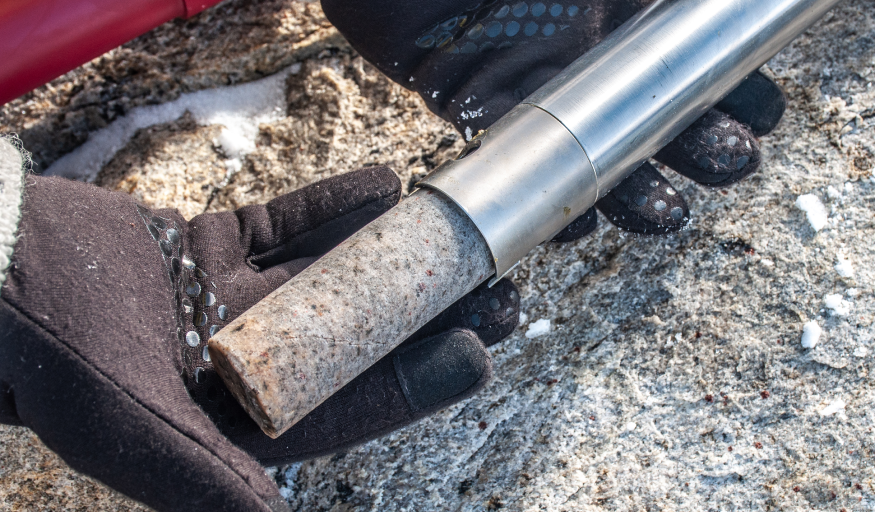
Theme 2:
Biodiversity Status and Trends
Life in the Antarctic is surprisingly rich and diverse – and it’s as much at risk from environmental change as life is elsewhere. Yet it is poorly understood and due to its remoteness, challenging to monitor.
We are working to transform our understanding of the unique flora and fauna that call Antarctica and the Southern Ocean home. What species are living there? How do they survive in such a harsh environment? How are they responding to climate change? And what happens when invasive species reach the continent?
The answers to these questions and more will inform conservation efforts to ensure they are protected now and into the future.
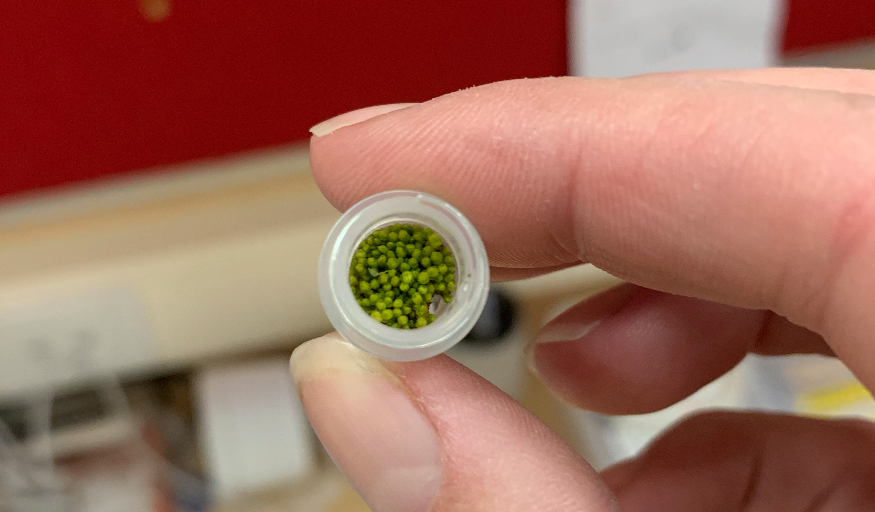
Theme 3:
Supporting Environmental Stewardship
In 1991, the Parties to the Antarctic Treaty signed an ambitious environmental protocol to designate Antarctica a “natural reserve devoted to peace and science”. However, the combination of changing climates, increasing human activity, and evolving geopolitical relations are creating unprecedented challenges in the region.
To support governments and policy makers to respond to these challenges, SAEF is collaborating with partners to develop bespoke environmental decision-support tools. These will help identify and prioritise conservation priorities in the face of alternative environmental and political futures.
We hope a greater capability to explore decision-making will translate into better policy to safeguard Antarctica’s future.
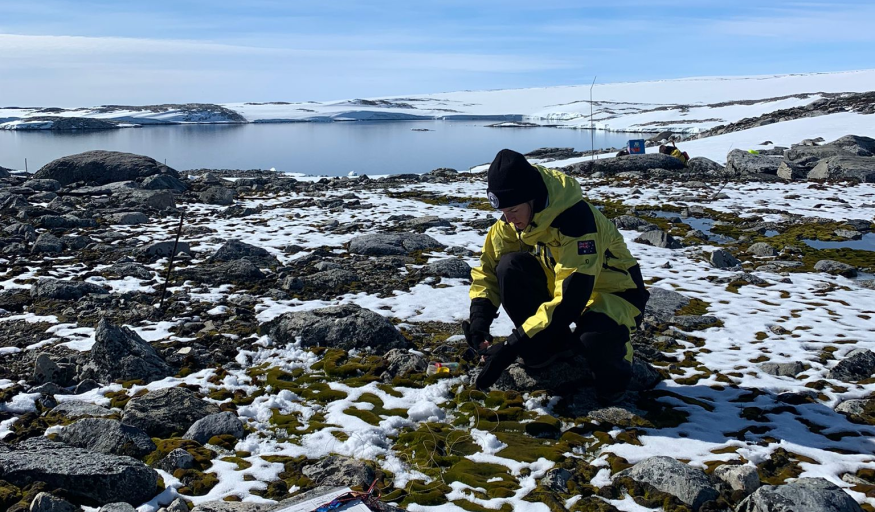
Theme Integration
Our research is integrated across the three themes. This supports researchers with knowledge and skills from different areas to come together and find innovative solutions to the issues facing the Antarctic region.

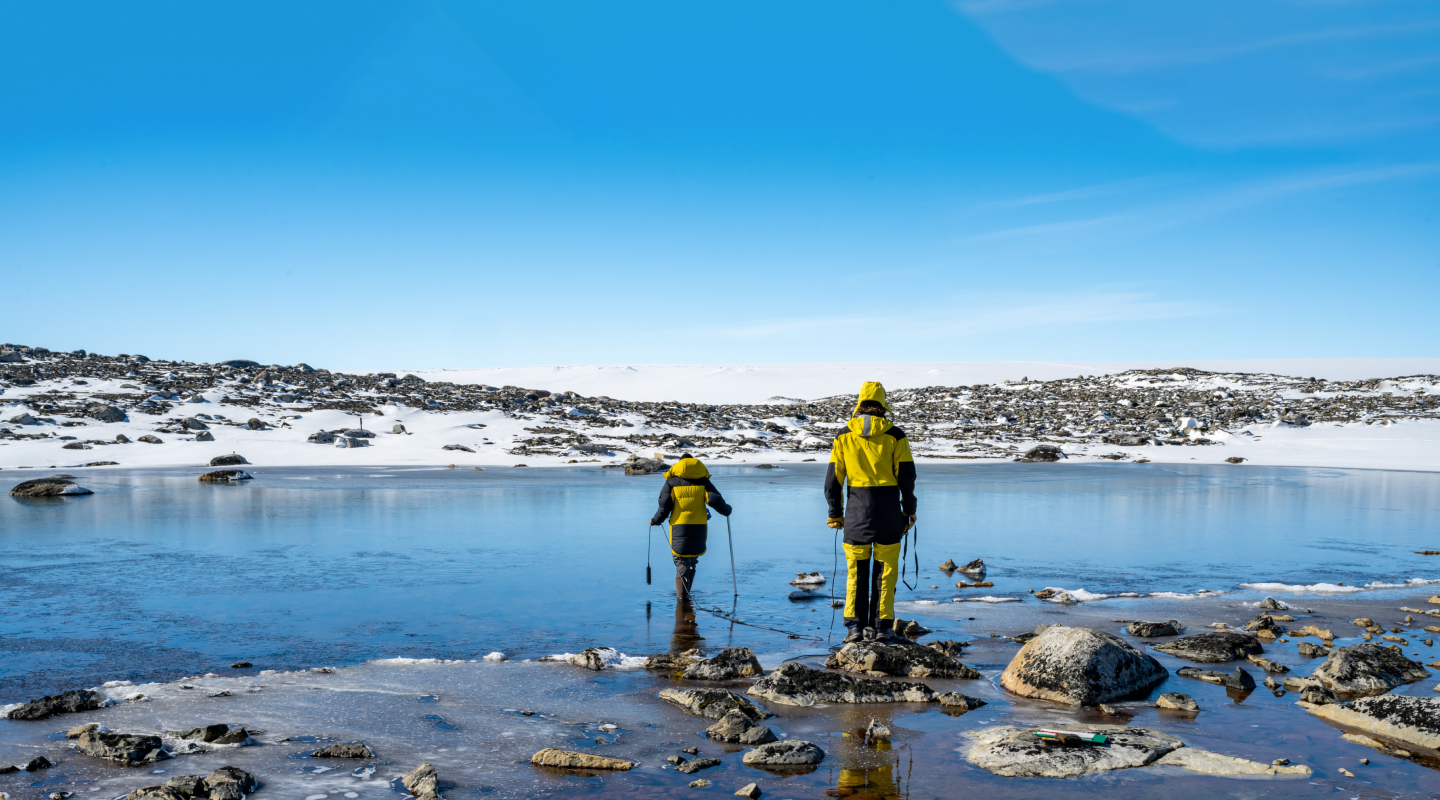
“We must understand the impact of climate change on Antarctica to protect the entire planet for future generations.” — Johan Barthélemy
Our People
SAEF has input from outstanding individuals and teams at every level: from leading scientists to avid volunteers and the next generation of Antarctic leaders.
Investigators
Meet SAEF’s team of Investigators who are leading our interdisciplinary Antarctic research.
See allResearchers
Our researchers work at home and on the ice to better understand Antarctica’s past, present and future.
See allProfessionals
Our professional staff work closely with our scientists to support administration, logistics, communications and more.
See allStudents
We are supporting the next generation of Australian Antarctic scientists and leaders.
See allAmbassadors & Volunteers
We could achieve little without our volunteers who will help make our ambition a reality in the coming years.
See all